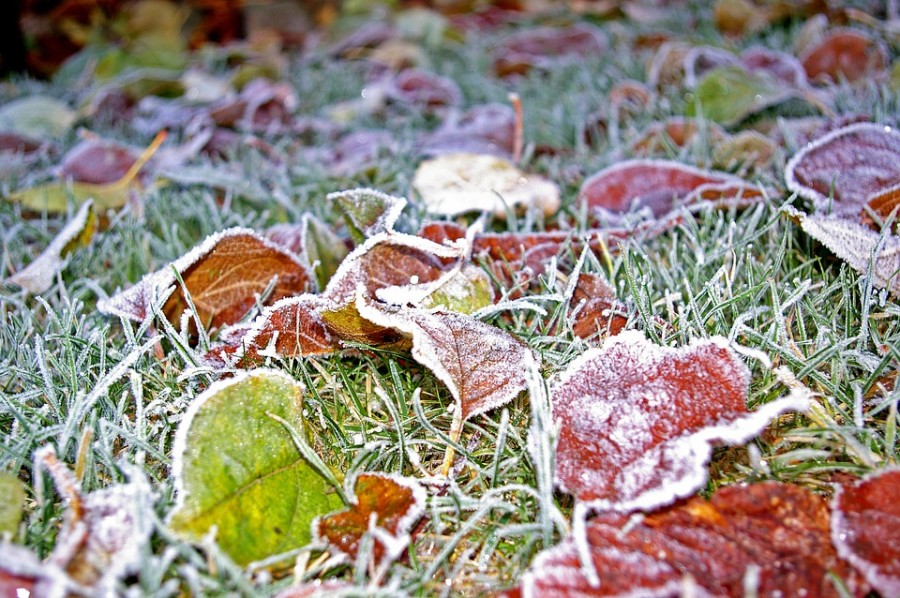Preparing for Winter

During cooler seasons, lawns will generally be at their most vulnerable and unable to repair or maintain good health as well as they can in warmer seasons. In the warmer seasons the grasses are actively growing and during the cooler months they slow down and can go dormant; shutting down and discolouring over winter. This is a protection method that lawngrasses use to withstand freezing temperatures and frost with the grass leaves thinning and drying out and the plant’s energy being stored in the lower parts of the grass stem and root areas.
As the weather starts to cool down, so does lawncare with the grass not growing as vigorously as it did a few weeks ago in most cases. As daylight hours decrease, so does photosynthesis, so by increasing mower heights and leaving more leaf, it helps to increase the food supply to the grass. Pruning is a great way to plan ahead for winter conditions, as overgrown trees and bushes may increase their shade levels, and by the time we notice that our lawn has started dying in certain areas, it can be too late to repair the damage. Use this period as an opportunity to fertilise your lawn, and go for an all-round or pre-winter fertiliser that contains higher levels of iron, which is essential for good lawn health throughout these cooler conditions and also gives a quick colour boost to your lawn. It is important to address any weed issues before winter, as conditions for their survival improve, while at the same time the lawn’s ability to fight against them decreases. Winter weeds, such as poa (wintergrass), could potentially inhabit your lawn.
Treating weeds before they spread is the best thing to do. Patching up any bare or dry spots will help prevent issues during the cooler months, and will keep your lawn looking good – you can square-up any areas with a mattock or spade and fit new turf sections straight onto your lawn. We have Saturday pickup times for small patches. As air and soil temperatures decrease, over-watering during cooler temperatures can increase the possibility of lawn diseases or rotting of the thatch layer. Aerating your lawn during autumn is considered a good time to do so as the plants are busy enhancing their root zones in preparation for winter and the soil is usually a bit softer than at the height of summer. Use a garden fork and work to break up the soil or hire an aerator that will make quick work of the job. You’ll be amazed at the results – just check out any golf course and see how often they are aerationg or coring to get more airspace into the soil profile.
Getting the mowing height right is probably one of the most important things now and it’s a good idea with the next few mows to increase the height and then you can gradually lower it over winter – not taking much leaf but more of a tidy-up. You’ll see this on many footy fields around the country as most sports-turf curators start to lift the mower-height at this time of the year to get a more healthy and robust cushion of turf in readiness for damaging winter sports. Lawncare doesn’t need to be difficult and simple hints can help to keep your lawn in top condition through Autmn and Winter.


